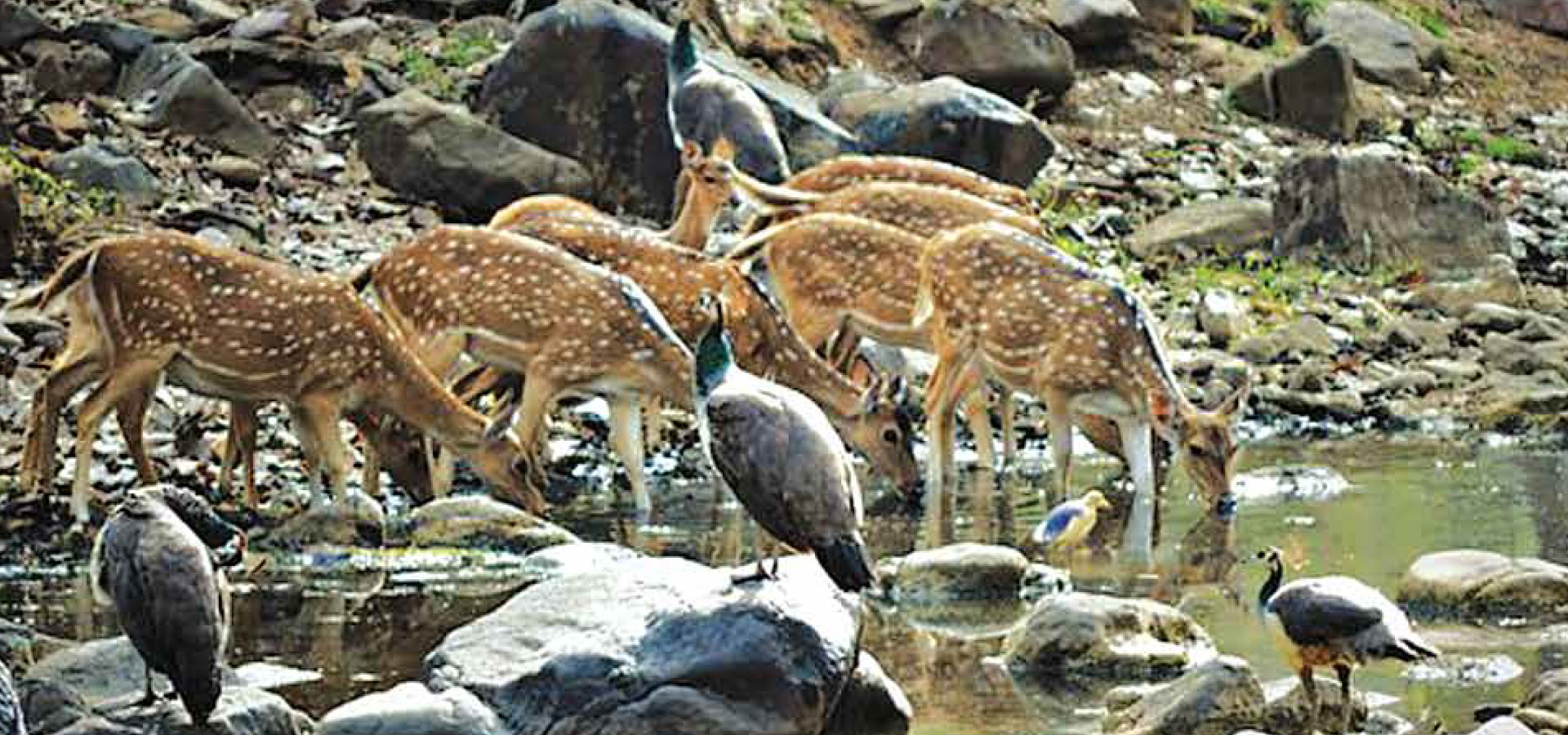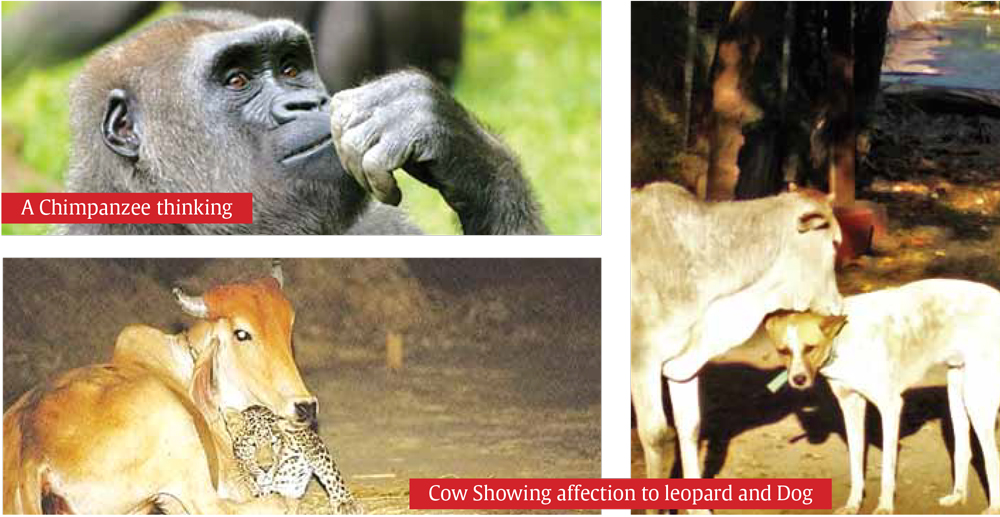
Humans consider Animals and Plants witless and impassive – How wrong they are
By Dr. Suhas Kumar
‘‘From beasts we scorn as soulless,In forest, field and den, the cry goes up to witness the soullessness of men.’’ – M. Frida Hartley
An acquaintance of mine had once commented on one of my write-ups, wherein I had depicted wild animals showing intelligence and emotions as we humans do. He wrote that people often tend to attribute human traits and abilities to animals and err. In his view animals were inferior to humans with only instincts helping them to survive. Frankly, I was appalled by this opinionated statement and wrote back to him saying this: “My dear Friend, you know that the wild animals of Sariska gather near the artificial waterholes as soon as they hear the clink-clank of a water tanker approaching’’- they put two and two together and intelligently discern that water is on way. Such intelligent reaction doesn’t come from instinct.
I am inclined to say something about how animals behave if they are subjected to continuous and irritating human presence. In 2009, a tiger-or in your words, an instinct driven tiger’-in Bandhavgarh suddenly leaped into a tourist jeep and punished some tiger hungry and annoying tourists. As anyone would say this type of ‘punishing’ behaviour is quite unbecoming of wild animals (who are a slave of their ‘instinct’ therefore incapable of showing ‘anger’). Unfortunately, the most vicious animal on earth- Man- has coerced them to imitate human traits that make them angry sometimes.
I think all animals that the almighty has bestowed with a brain cavity and some grey cells as well as plants that do not outwardly display presence of such organs, have varying degrees of intelligence, feelings, and emotions that may sometimes surpass those possessed by humans. Several scientific experiments have concluded that plants, without apparently possessing anything similar to a brain, too, show positive response to music and even feel pain and understand affection (e.g. Sir J.C. Bose-Response in the Living and Non-Living, 1902, and the Nervous Mechanism of Plants 1926. Dr. T.C. Singh, 1966, in one of his studies concluded that music stimulated growth of balsam plants. The growth enhanced height of the plants by 20% and in terms of biomass by 72%).

When a tortoise comes around to help its mate, after it had turned turtle and had been struggling hopelessly on its carapace, and pushes it back to the normal posture what should one call it-unintelligent and dumb or a thinking creature? Plants are also capable of acting intelligently when need arises About 5 decades ago in African savannah scientists observed a strange behaviour by giraffes. They noticed that when they tried to browse the canopy of some umbrella-thorn acacia trees, the giraffes took a bite and immediately moved away from those trees. They could commence browsing again after walking away for some distance. Scientists discovered the reason for this strange behaviour
They found that the thorn acacia just after being initially browsed released a mixture of warning gases including ethylene which was carried with the wind to the other thorn acacia trees of the same species in the vicinity alerting them of the imminent danger. The other trees receiving this signal immediately released toxins into their leaves that giraffes detested and moved far away or up-wind.
Despite the fact that we humans possess a deadly weapon– ‘the human brain’, the almighty has bestowed upon us limited natural abilities such as restricted hearing and sight as compared to the other mammals (we can hear only within a range of wavelengths-beyond which we call them ultra or infrasonic –not audible to human ears (20Hz to 17 kHz), we see up to a certain distance and only in daylight or artificially created light but several nocturnal animals can see clearly in the moonlight. Till a few decades ago, nobody knew that elephants and whales communicate with each other with infrasonic sounds that travel several miles.
My dog throws tantrums if I punish him without any solid reason- he would sulk and refuse to eat even his most favourite food. My cat purrs and rubs her head against my shin whenever I fondle her. In 1923, a lost dog called Bobbie travelled about 3000 miles to reach his separated master in Silverton, Oregon, USA. My dear friend, we humans tend to think that nothing living or dead is superior to humans and therefore we love to believe that “thinking, feelings and getting emotional “are prized attributes of humans only, while other living things are mere ‘creatures’ with instincts.
There are numerous examples of predatory animals adopting orphaned offspring of its prey animals (that otherwise might have been their favourite repast) and taking good care of them as their own.
It is quite hip to depict animals and plants as unemotional, instinct driven creatures created by the almighty to serve human need and greed but some of us also must remind ourselves to mend our ways and show some respect to wild brethren for we too were roaming and hunting in the woods naked, not very far back in time.” I do not know whether my friend liked my diatribe or not, but I had the satisfaction of standing up for our fellow travellers on this planet, who do not speak human language.




